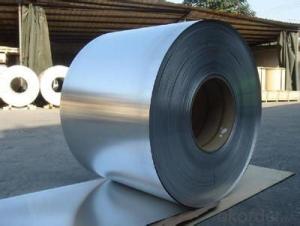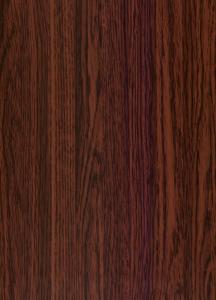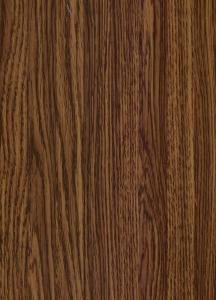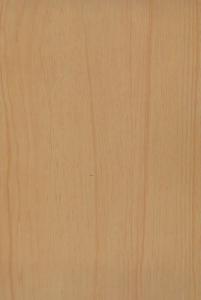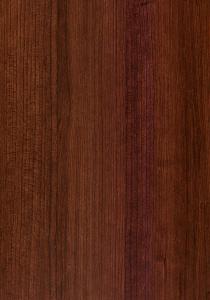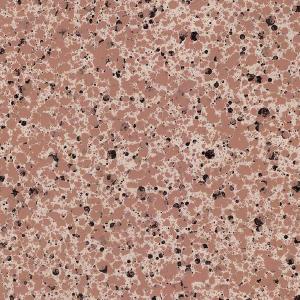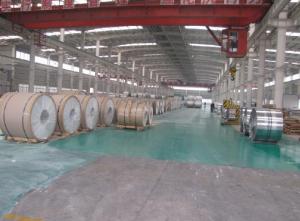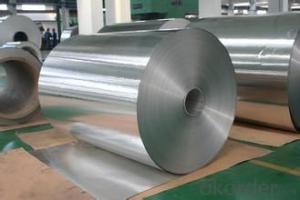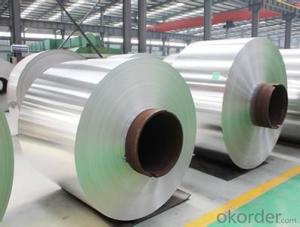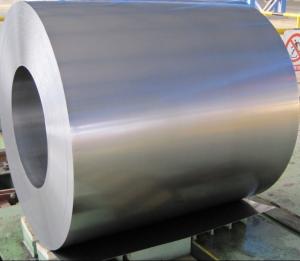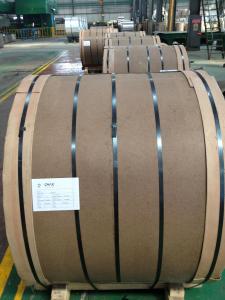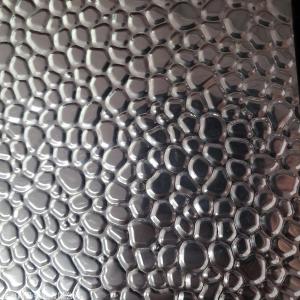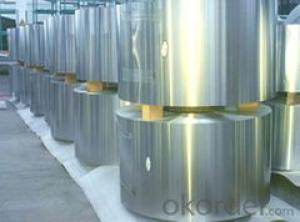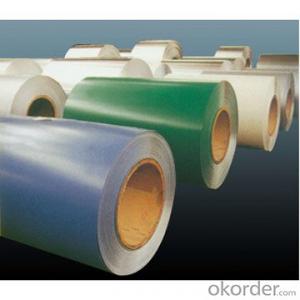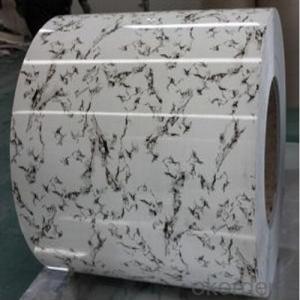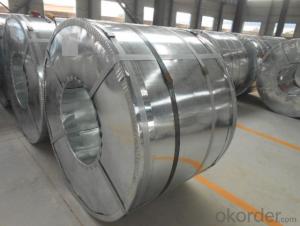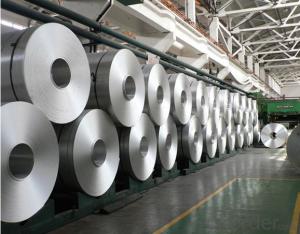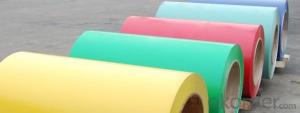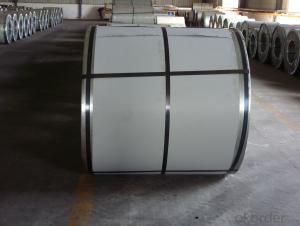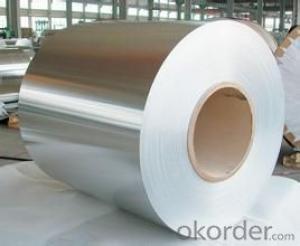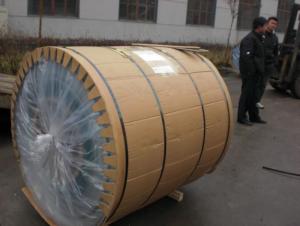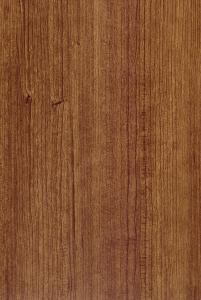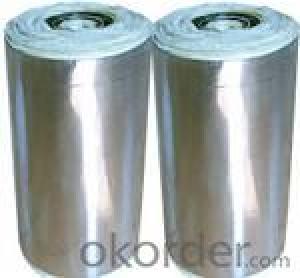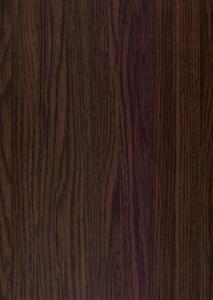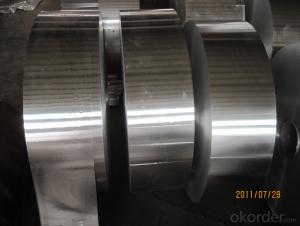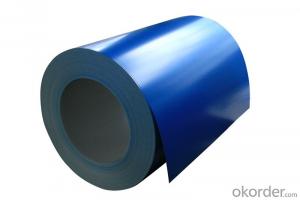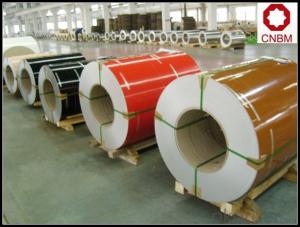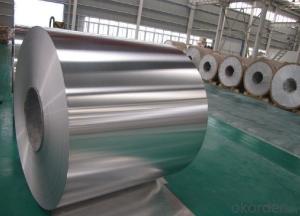Alsco Aluminum Trim Coil
Alsco Aluminum Trim Coil Related Searches
Alcoa Aluminum Trim Coil Trim Coil Aluminum Alside Aluminum Trim Coil Napco Aluminum Trim Coil Alsco Aluminum Trim Coil Colors Almond Aluminum Trim Coil Berger Aluminum Trim Coil Rollex Aluminum Trim Coil Aluminum Siding Trim Coil Aluminum Trim Coil Roll Poly Aluminum Trim Coil Mastic Aluminum Trim Coil Vinyl Coated Aluminum Trim Coil Best Aluminum Trim Coil Bronze Aluminum Trim Coil Charcoal Gray Aluminum Trim Coil Aluminum Vinyl Siding Trim Coil White Aluminum Trim Coil Woodgrain Aluminum Trim Coil Amerimax Aluminum Trim Coil Black Aluminum Trim Coil Aluminum Trim Coil White Wood Grain Aluminum Trim Coil Spectra Aluminum Trim Coil Pvc Aluminum Trim Coil Colored Aluminum Trim Coil 24 Aluminum Trim Coil Bending Aluminum Trim Coil Alside Pvc Aluminum Trim Coil Installing Aluminum Trim CoilAlsco Aluminum Trim Coil Supplier & Manufacturer from China
Alsco Aluminum Trim Coil is a versatile product that offers a wide range of applications in various industries. This high-quality aluminum coil is known for its durability, strength, and resistance to corrosion, making it an ideal choice for numerous construction and manufacturing projects. It is particularly popular in the automotive, aerospace, and architectural sectors, where its lightweight and malleable properties are highly valued.The Alsco Aluminum Trim Coil is widely used in a variety of applications, such as in the production of automotive parts, aircraft components, and architectural facades. Its ability to maintain its structural integrity while being lightweight and easy to manipulate makes it a preferred material for these industries. Additionally, the coil's resistance to corrosion and weathering ensures that it remains in top condition for extended periods, reducing maintenance and replacement costs.
Okorder.com is a leading wholesale supplier of Alsco Aluminum Trim Coil, boasting a vast inventory that caters to the diverse needs of various industries. With their extensive selection and competitive pricing, customers can find the perfect aluminum coil solution for their specific requirements. By partnering with Okorder.com, businesses can benefit from a reliable source of high-quality aluminum trim coil, ensuring that their projects are completed with the utmost efficiency and precision.
Hot Products
